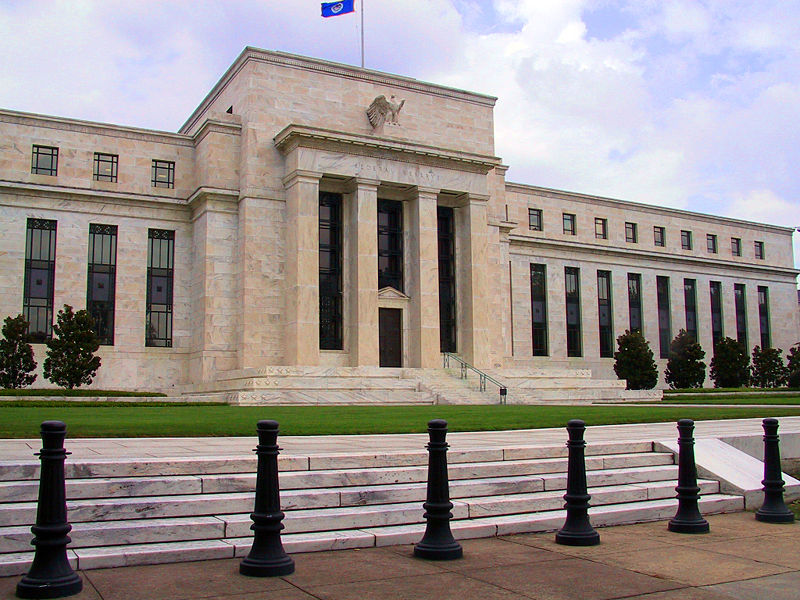The Fed is likely to consider the US economy to be strong enough to start scaling down quantitative easing, says Robeco’s Chief Economist, Léon Cornelissen.
Improved economic data bodes well
Improved GDP and jobs data suggest that the world’s largest economy has improved enough for the US Federal Reserve to begin scaling down its quantitative easing program (QE3). A verdict is expected after the Fed’s monthly meeting on 17-18 September.
The US economy grew at an annualized rate of 2.5% in the second quarter after a large upward revision from the initially reported figure of 1.7%. Overall, the revision confirms that the US is showing a lot of resilience given big cuts to government spending.
The widely watched non-farm payrolls figure on 6 September was less encouraging, after a fewer than expected 169,000 jobs were created in August. However, this figure does not change the outlook for tapering. The unemployment rate fell to 7.3%, its lowest level since December 2008.
“The Fed probably will consider the US economy to be strong enough to be able to announce after its 17-18 September meeting that it will start tapering its monthly purchases of USD 85 bln,” says Cornelissen. And the central bank probably will repeat its intention to end its trillion-dollar QE program – the largest in history – by mid-2014, he says.
The world is on the mend
“The world economy is showing unexpected strength,” Cornelissen says. “The European economy is no longer in recession. In Japan, growth is moderate. And China is showing signs of unexpected strength, probably as a consequence once again of earlier conventional stimulus measures.”
The German elections on 22 September do not present much of a risk factor, though the incoming government’s stance on key EU stability issues like the legality of bailouts remains to be seen.
Emerging markets remain troublesome, however, and the risk of policy mistakes in selected important countries is rising, Cornelissen says. Chinese rhetoric has shifted towards confirming the 7.5% growth target for 2013 and indicators suggest the Japanese economic recovery is gaining strength, putting a new focus on what the government of Shinzo Abe will do next with ‘Abenomics’.
Syrian risk remains
“An important risk factor for the global economy is rising tensions in the Middle East, though we do not expect a major escalation of the conflict in Syria,” says Cornelissen. Instead, the risk of US military strikes on Syria, combined with the existing difficult situation in Egypt, may have knock-on effects for equities and commodities, particularly the oil price.
As a consequence of Syria, possible volatility caused by the Fed, and other geopolitical problems, we are now neutral on both equities and commodities, says Cornelissen.
“The good returns we have seen in the equity market thus far have been generated for a large part by multiple expansion instead of earnings growth, leaving less upside from a risk/return perspective,” he says.
He believes that the withdrawal of excess liquidity by the Fed may raise volatility in stock markets, at least initially, putting returns under pressure.
Negative on real estate, government bonds
In other asset classes, we have become negative on real estate, as any rise in interest rates caused by Fed tapering would mean lower returns in this asset class, due to its high rate sensitivity, Cornelissen says.
“We retain our positive view on high yield bonds,” he says. The performance of this popular asset class has recuperated from the disruption in June as investors fled from risky assets. “But we remain negative on government bonds. The current environment of low or negative real interest rates makes sovereign debt unattractive relative to higher-yielding fixed income classes,” he says.

